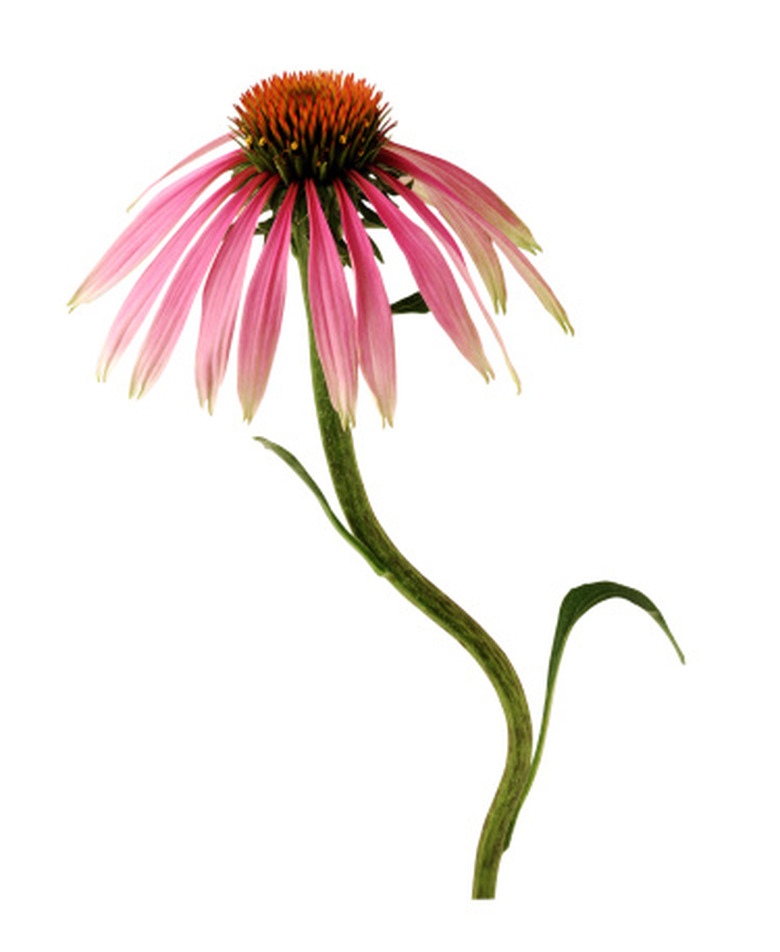Why Are My Coneflower Buds Drooping?
Coneflowers (Echinacea) grow in U.S. Department of Agriculture plant hardiness zones 3 through 9, making them suitable for gardens throughout the United States. Nearly 10 different species of coneflowers grow in the U.S., but Echinacea purpurea, or purple coneflower, is the most widely grown native. The flowers are named for their cone-shaped centers, which are surrounded by drooping petals. If coneflowers buds droop before flowering, it may be caused by one of several problems with the plant.
Growth Habits
Plant coneflowers in full sunlight to partial shade to get healthy flowering. Coneflowers grow with erect, upright stems as tall as 4 feet. Blossoms grow at the ends of the stems, and can rebloom with deadheading. If not removed, the flower petals drop off when flowers fade, leaving the bristly cone-shaped center to set seed. Though birds enjoy coneflower seed, enough is left that the flower self-seeds generously in most gardens.
Cultivation
Coneflowers must be planted in moist but well-drained soils. Partial sun is best for coneflowers. The flowers will grow and bloom in full sun, but the plant may suffer from leaf scorch. Coneflowers do not grow well in heavy, clay soils that retain moisture. Too much moisture in clay soils may cause flower buds to wilt over before they start to bloom. Alternately, lack of water, particularly in full sun, may also cause buds to droop, though they tend to perk back up in the evenings. Check the soil for moisture before watering the plant if buds are drooping, and amend soil with bark chips or peat if you find that drainage is poor.
Pests and Disease
Various diseases, including stem rot, powdery mildew and anthracnose, cause damage to coneflowers. All three diseases are created by fungal spores, which thrive in moist conditions. Plant coneflowers with adequate spacing to give them air circulation that naturally dries foliage and soil around the plants. Fungal diseases grow in flower foliage and petals, creating wilting damage that may cause buds to droop and leaves to drop. Aphids, Japanese beetles, stem borers and eriophyid mites are all damaging pests that feed on coneflower leaves and flowers. As pests steal nutrients from the coneflowers, growth may become stunted or parts of the plant may wilt, and drooping buds could result. Search plants for spots of discoloration, wilting and tearing that are associated with fungus and pest damage.
Treatment
Spray coneflowers with insecticidal soap to protect them from aphid and other pest damage. Prune away all parts of coneflowers that have been damaged by fungus and pests to prevent the problem from spreading. Fungicides and pesticides help to prevent and control these problems. Rabbits, that eat coneflower foliage when they can get to it easily, may be repelled with hot pepper dust and/or spray.
